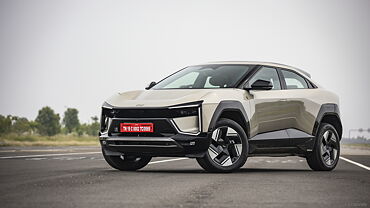
As an extension of the Energy Conservation Act and a pollution control exercise, the Government of India has cleared the proposal for fuel efficiency labels to be made mandatory on new cars. The labels have to be approved by an appointed government agency and car companies are expected to improve their averages over time.
The top ten manufacturers that contribute about 96 per cent of car sales average a fuel efficiency of 16.42 km per litre which is expected to be improved to 18.15 km per litre by 2015 and 20.79 km per litre by 2020. The government has kept the targets considerably low for the window to help the manufacturers recover research and development expenses.
After 2015, manufacturers will not be allowed to sell cars rated below 'one star'. The proposal has been opposed by manufacturers on several grounds while SIAM has appealed for dilution of the norms. The government has cited the arguments as invalid, saying that expecting manufacturers to improve efficiency by 2.8 per cent every year is not steep. The government also added that these standards will help the Indian market to be on par with global markets by 2020.
Violation of these mandates could be penalised up to Rs 10 lakh, with an additional Rs 10,000 per day with a maximum of Rs 46 lakh. Non-conforming models could also be ordered to be withdrawn from the market.
The policy is sound in principle, but there are two approaches to a solution: either the Indian manufacturers can step up and deliver world-class technology that will meet these fuel efficiency norms while still carrying forward safety, comfort and style – or they can bow to the price-sensitive bomb that the Indian marketplace is and simply delete features to cut cost and weight. Some expensive, weight-adding features like ABS and airbags haven’t been well received in the Indian market (as with any market where these features aren’t mandatory, but especially so in India where road safety is more an abstract concept than anything else) but it remains to be seen how the manufacturers and government take this forward.
The government has taken a strong decision towards shaping our automotive future. The outcome depends upon how it supervises the change.

































